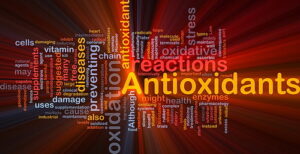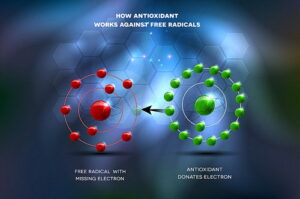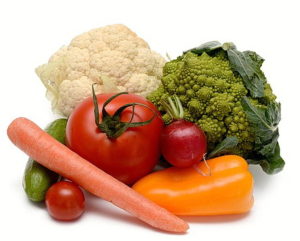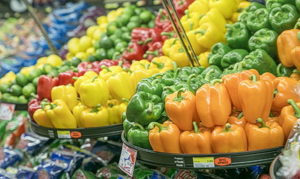
In our previous articles, we have discussed hypertension in great detail, with periodic mention of the right foods to eat. In this article, we will elaborate on the proper diet to follow that will help maintain good blood pressure levels.
According to the numbers furnished by the American Heart Association, more than 100 million US citizens are currently suffering from high blood pressure. Experts call the condition of high blood pressure a quiet pathway to death. Many people affected by this circulatory system irregularity don’t consider it a disease. However, it is a gateway to multiple illnesses of the heart and other organs, such as the kidneys. Stroke is also one of the possible outcomes of high blood pressure. So, treating high blood pressure as a non-issue is not a healthy move by any means.
Pressure greater than 120 over 80 and less than 140 over 90 is considered normal levels. For anything higher, you should consult your physician, but as the commercial says: “The more you know, the better we look”, you can change that to The more you know, the better you will look (or feel), so let’s assemble some facts.
For starters, watch this great animated video of exactly what blood pressure is and what happens when it goes over the normal limits.
It is Not always in One’s Control (but could be)
It is important to mention that some of the risk factors associated with high blood pressure are not under our control. Age, genetics, family, and racial background play a key role in the prevalence of hypertension. However, aggravating this condition is surely in one’s hands. For instance, carelessness in dietary routine can make the matters worse for patients suffering from high blood pressure. Similarly, obesity and stagnant physical activity also add insult to injury.
Food to the Rescue
Here we will talk about how the right foods can help reduce your high blood pressure. As mentioned earlier, we can’t stop the process of aging. Nor do we have the capabilities to change our genetic makeup (at least not for now). Nevertheless, we can control and minimize high blood pressure through diet adjustments with the inclusion and exclusion of some food items. In this article, we will discuss some of these foods that can help in lowering high blood pressure.
Leafy Greens
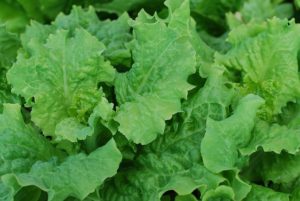
Arterial blood pressure shoots up as sodium is being circulated in the blood. Therefore, try to consume foods that are not rich in sodium. With the inclusion of different leafy greens in your diet, you can get rid of excess sodium in circulation through urine.
Potassium, which is abundantly present in leafy green vegetables, actually helps in driving out extra sodium from the body. Kale, lettuce, spinach, turnip greens, beet greens, arugula, and Swiss chard are some of the easily available leafy greens that you can add to your staple diet to minimize high blood pressure. Try to get fresh greens instead of the canned ones because the latter are often processed with sodium for flavor enhancement. Leafy greens also help in weight management since they only contain good nutrients.
NOTE: It should be noted that people who are on blood thinners, such as coumadin and other medications should consult their physician if it is OK to eat these vegetables.
Berries
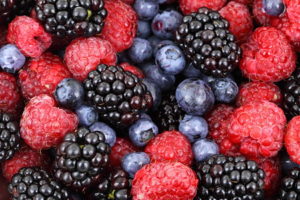 Strawberries, blueberries, and raspberries look and taste good. But more importantly, their regular use also results in lowering high blood pressure. As per research studies, the pigment (flavonoids) present in berry fruits help in normalizing blood pressure. You can easily get any of the berries all through the year. Hypertension patients who are not suffering from type-2 diabetes can add fresh berries to their daily breakfast cereals or just eat them as a natural dessert for their health benefits.
Strawberries, blueberries, and raspberries look and taste good. But more importantly, their regular use also results in lowering high blood pressure. As per research studies, the pigment (flavonoids) present in berry fruits help in normalizing blood pressure. You can easily get any of the berries all through the year. Hypertension patients who are not suffering from type-2 diabetes can add fresh berries to their daily breakfast cereals or just eat them as a natural dessert for their health benefits.
Skim Milk
Dairy products are an essential part of our staple diets. A little adjustment in their consumption can prove to be beneficial in lowering down blood pressure. Instead of using full cream milk, opt for skim milk that is low in fat and high in calcium. It has been studied that the continuous use of skim milk can reduce the chances of developing the issue of hypertension by 20 percent in the female population.
Aside from its benefits against hypertension, skim milk is good against many other physical ailments including obesity. People who can’t consume milk in its pure form can go for yogurt as an alternative.
Oatmeal
Oatmeal is widely used as a standard breakfast meal. It is rich in fiber, low in sodium and fats, and thus healthy for people suffering from high blood pressure. Its good satiety value also helps individuals who are embroiled in the bad habit of excessive eating.
Seafood
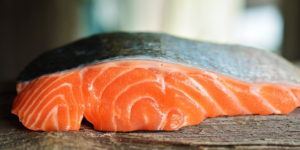 There are many among us who love meat-based meals in our daily dietary routine. However, people suffering from hypertension shouldn’t go overboard with the use of red meat. Excessive use of beef and pork is strongly linked to high blood pressure. So, all those individuals who are vying to lower their blood pressure, but also don’t want to stick to a vegetarian diet can include seafood in their meals.
There are many among us who love meat-based meals in our daily dietary routine. However, people suffering from hypertension shouldn’t go overboard with the use of red meat. Excessive use of beef and pork is strongly linked to high blood pressure. So, all those individuals who are vying to lower their blood pressure, but also don’t want to stick to a vegetarian diet can include seafood in their meals.
There are some fish meats (Salmon and mackerel) that proactively help in reducing high blood pressure because they are rich in omega-3 fatty acids. The addition of seafood to your daily diet will fulfill your need for proteins while maintaining lower blood pressure.
Bananas
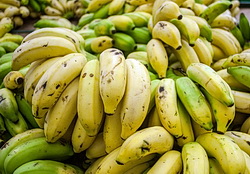 As mentioned earlier, potassium-rich foods help in offsetting the negative effects of sodium in the body. So, the addition of any potassium-rich food item can eventually help in minimizing blood pressure. They are easily available and you can eat them at any time of the day.
As mentioned earlier, potassium-rich foods help in offsetting the negative effects of sodium in the body. So, the addition of any potassium-rich food item can eventually help in minimizing blood pressure. They are easily available and you can eat them at any time of the day.
Garlic
Garlic is a root vegetable that is usually used as a flavor enhancer in the preparation of many meals. But some recent studies suggest that the constant use of garlic can indirectly help in reducing the condition of hypertension. Garlic contains traces of nitric oxide. Scientists have studied that the presence of nitric oxide in the body is attributed to vasodilatation. To put it in simple words, nitric oxide increases the arterial diameter which cancels out the increased value of blood pressure.
Olive Oil
Olive oil, in general, is considered a healthy substitute for palm and other cooking oil variants. In addition, the use of olive oil also results in lowering blood pressure with its polyphenol action. Polyphenols are compounds that can resist inflammatory reactions and in so doing, help in lowering blood pressure.
Besides leafy greens, berries, seafood, bananas, and garlic, unsalted seeds, and pomegranate are also known for their physiological effects in reducing blood pressure, but if you really want to remain healthy, put the brakes on the excessive use of salt and alcohol.

